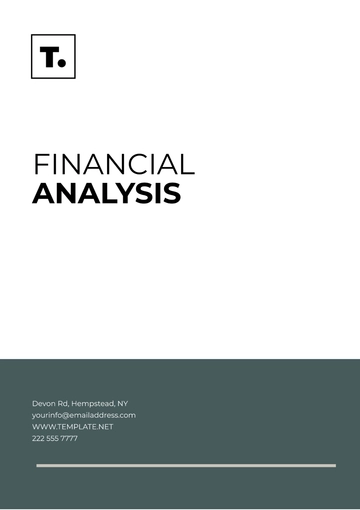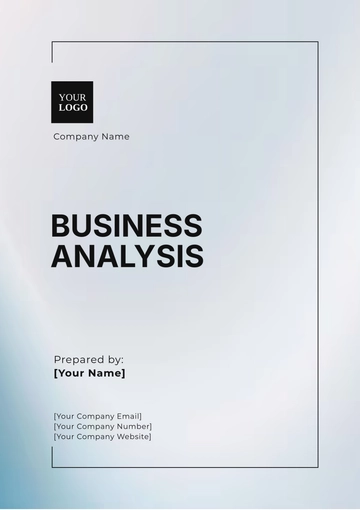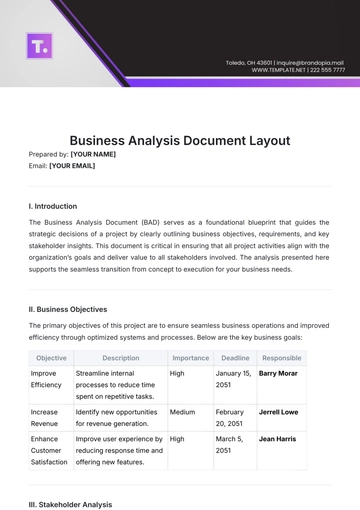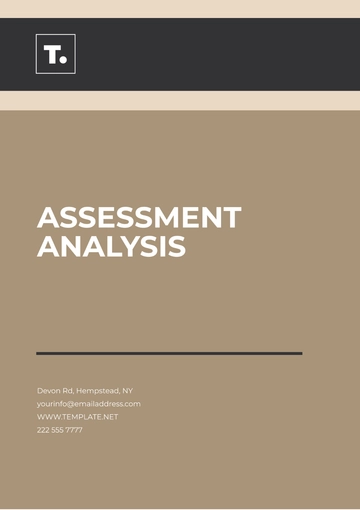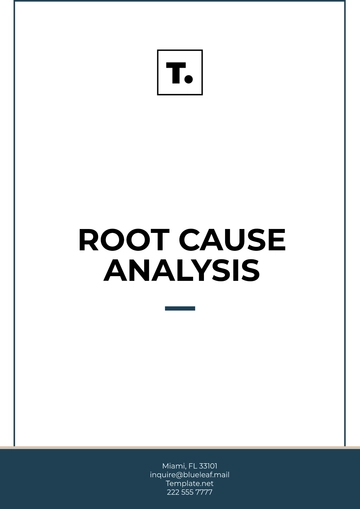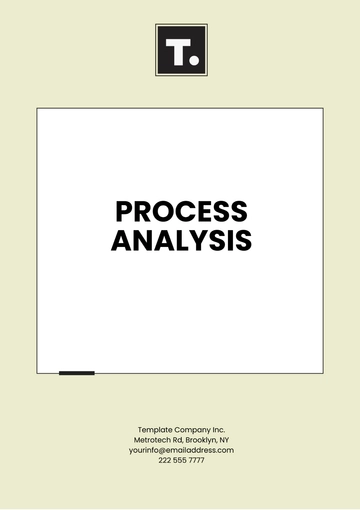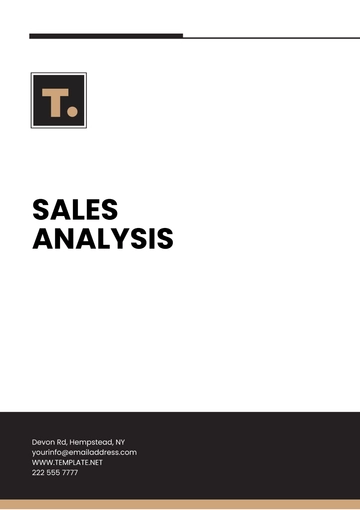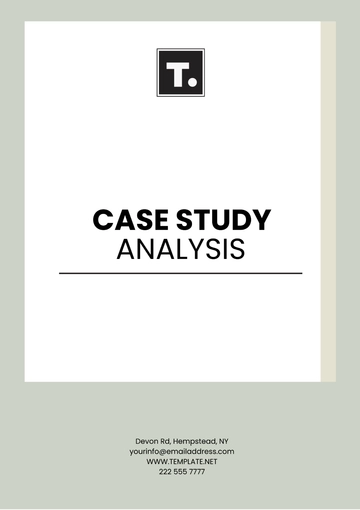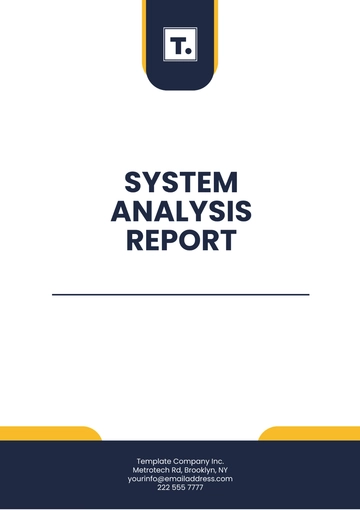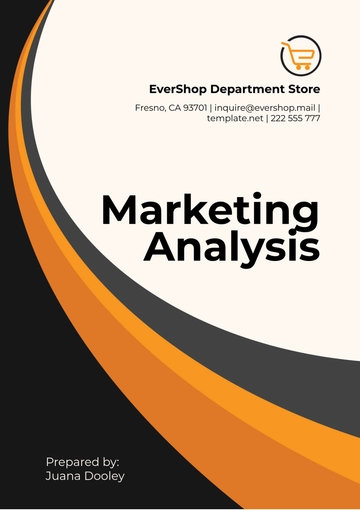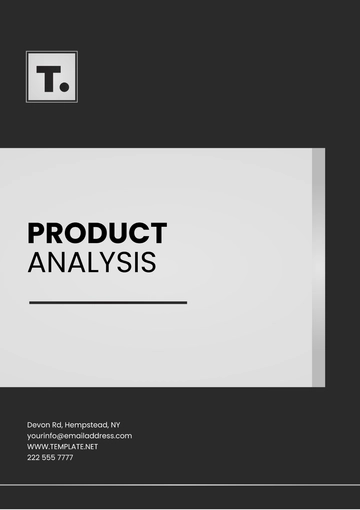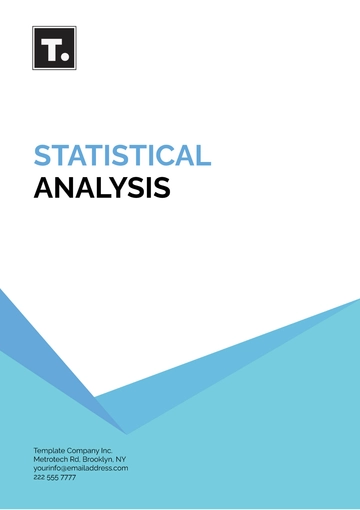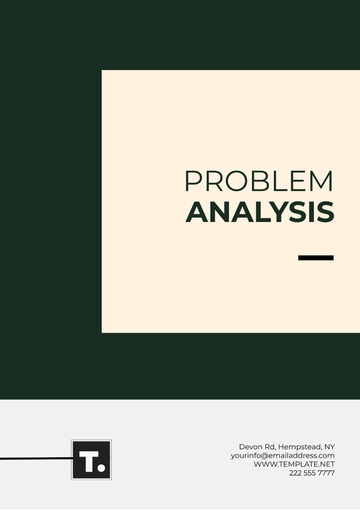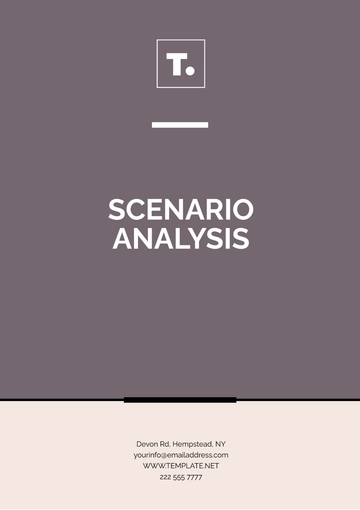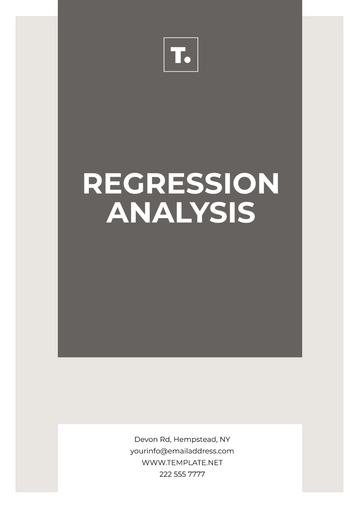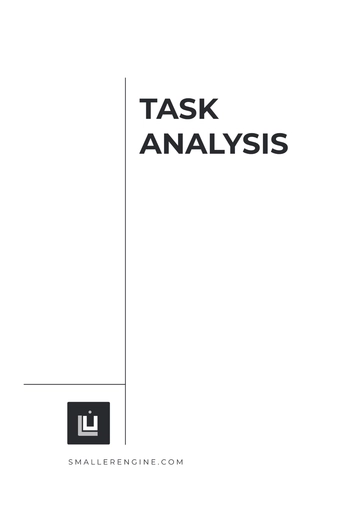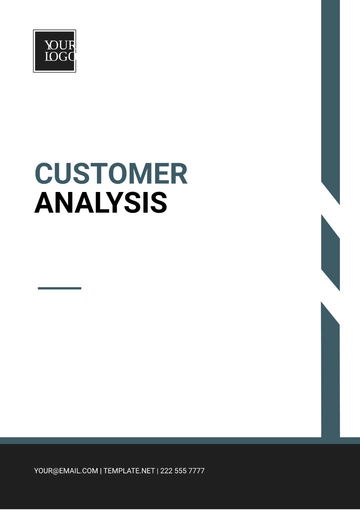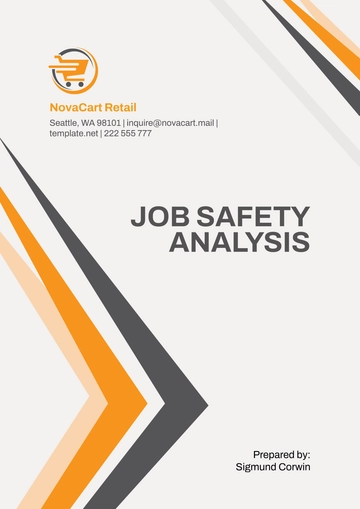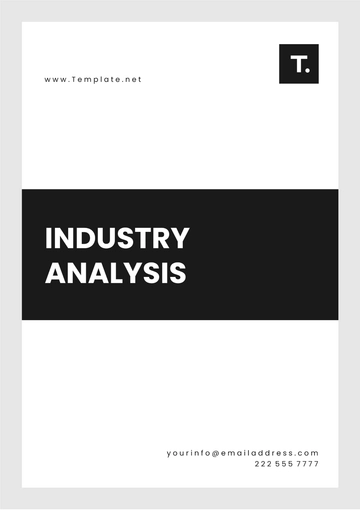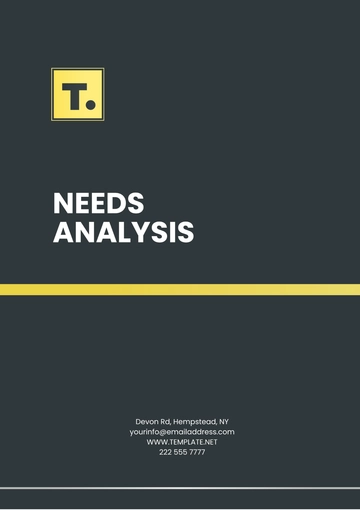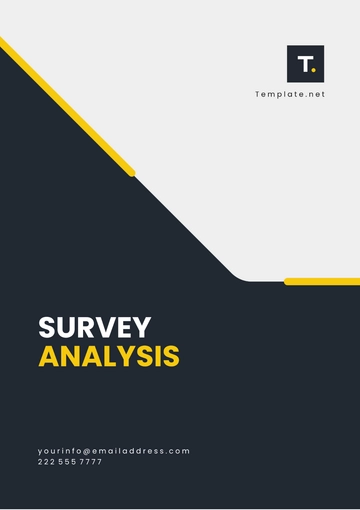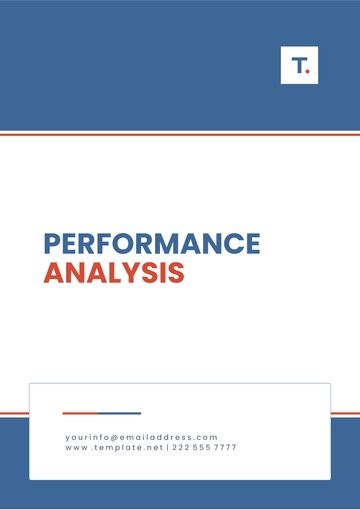Free Travel Agency Data Analysis
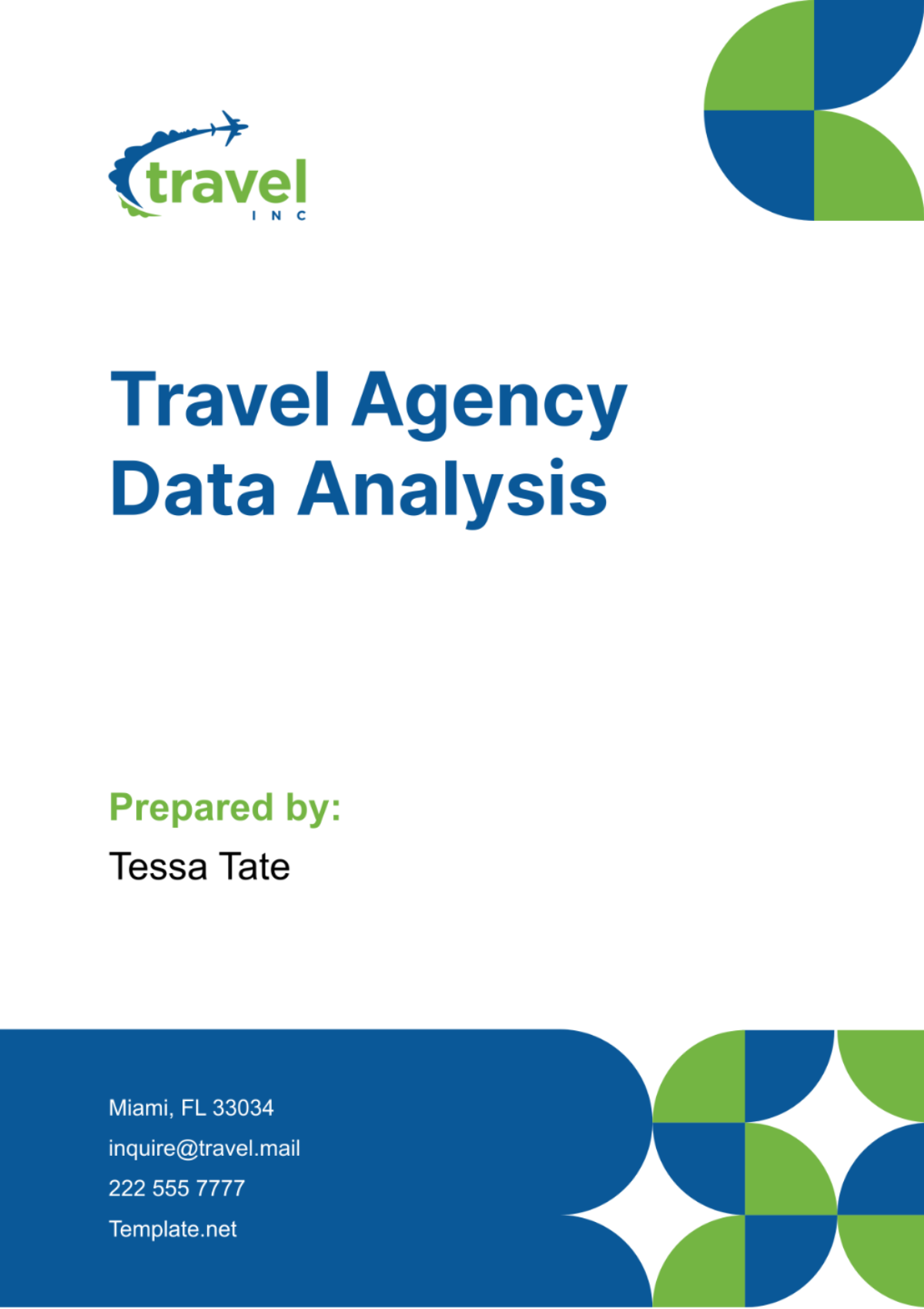
I. Executive Summary
Our analysis of [Your Company Name]'s data reveals key insights into booking trends, customer demographics, revenue performance, marketing effectiveness, operational efficiency, and competitive landscape. Key findings include:
Booking trends indicate a significant preference for beach destinations and luxury accommodations.
Customers predominantly book flights online, with a growing trend towards mobile bookings.
Revenue analysis shows that hotel bookings contribute the highest profit margins, followed by tour packages.
Marketing campaigns have led to an increase in customer acquisition, particularly through social media channels.
Operational inefficiencies in booking processing time and inventory management present opportunities for improvement.
Competitive analysis highlights [Your Company Name]'s strong market position but also identifies areas for differentiation.
Based on these findings, recommendations are provided to optimize revenue, enhance marketing strategies, improve operational efficiency, and maintain competitiveness in the travel industry.
II. Introduction
[Your Company Name] stands as a premier provider of comprehensive travel services, delivering an extensive selection of travel options to a global clientele. The purpose of this report is to meticulously analyze the agency’s data with the objective of understanding its operational dynamics and assessing its performance. The ultimate goal of this analysis is to derive insightful, actionable recommendations that will guide strategic decision-making processes.
III. Data Collection and Methodology
Data for this analysis was collected from [Your Company Name]'s internal systems, including booking databases, customer profiles, and financial records. Various statistical techniques and data analysis tools were utilized to analyze the data, including descriptive statistics, regression analysis, and predictive modeling.
A. Data Sources
The data sources used for this analysis include:
Booking Database: Contains information about customer bookings, including destination, accommodation, transportation mode, booking channel, and booking date.
Customer Profiles: Include demographic information such as age, gender, location, and income level.
Financial Records: Provide data on revenue, profit margins, and expenses related to different travel services.
B. Data Collection Process
Data was collected from [Your Company Name]'s internal systems using automated data extraction processes. Data cleaning and preprocessing were performed to remove duplicates, errors, and inconsistencies.
C. Methodology
The following methodologies were used for data analysis:
Descriptive Statistics: Used to summarize and describe key characteristics of the data, such as mean, median, mode, standard deviation, and frequency distributions.
Regression Analysis: Employed to analyze relationships between variables, such as the impact of marketing expenditures on revenue or the relationship between customer demographics and booking preferences.
Predictive Modeling: Utilized to forecast future trends in travel demand, pricing, and customer behavior using historical data and machine learning algorithms.
IV. Booking Trends Analysis
Analysis of booking trends reveals insights into customer preferences, popular destinations, and booking behavior. The following subsections provide detailed information on booking trends:
A. Popular Destinations
Destination | Number of Bookings |
|---|---|
Caribbean | 1200 |
Southeast Asia | 1000 |
Europe | 800 |
North America | 600 |
B. Preferred Accommodations
Accommodation Type | Percentage of Bookings |
|---|---|
5-Star Resorts | 40% |
Boutique Hotels | 30% |
Vacation Rentals | 20% |
Luxury Villas | 10% |
C. Transportation Modes
Transportation Mode | Percentage of Bookings |
|---|---|
Flights | 70% |
Rental Cars | 20% |
Trains | 10% |
D. Booking Channels
Booking Channel | Percentage of Bookings |
|---|---|
Online | 80% |
Phone | 15% |
In-person | 5% |
V. Customer Demographics
Customer demographics indicate a diverse customer base with varying characteristics and preferences. The following subsections provide detailed information on customer demographics:
A. Age Distribution
Age Group | Percentage of Customers |
|---|---|
18-24 | 15% |
25-34 | 30% |
35-44 | 25% |
45-54 | 20% |
55+ | 10% |
B. Geographic Distribution
Region | Percentage of Customers |
|---|---|
Urban Areas | 60% |
Suburban | 25% |
Rural Areas | 15% |
C. Income Levels
Income Level | Percentage of Customers |
|---|---|
Low | 20% |
Middle | 50% |
High | 30% |
D. Preferences and Behavior Patterns
Repeat travelers: 40% of customers are repeat travelers, indicating high levels of customer loyalty.
Booking frequency: 60% of customers book one trip per year, while 30% book multiple trips.
VI. Revenue and Profit Analysis
Revenue analysis shows the contribution of different travel services to overall revenue and profit margins. The following subsections provide detailed information on revenue and profit analysis:
A. Revenue Breakdown by Service
Service | Revenue (USD) | Profit Margin (%) |
|---|---|---|
Flights | $1,000,000 | 15% |
Hotels | $1,500,000 | 25% |
Tours | $500,000 | 20% |
Packages | $1,200,000 | 18% |
B. Trends in Revenue and Profitability
Seasonal variations: Revenue peaks during holiday seasons and summer months.
Profitability analysis: Hotels contribute the highest profit margins, followed by tours.
C. Pricing Strategies
Dynamic pricing: Pricing strategies are adjusted based on demand and seasonality to maximize revenue.
VII. Customer Behavior Analysis
Customer behavior analysis provides insights into booking patterns, preferences, and loyalty. The following subsections provide detailed information on customer behavior:
A. Booking Frequency
Forty percent of customers make a reservation for one trip each year, whereas thirty percent of customers book multiple trips.
B. Seasonal Variations
Travel seasons that experience the highest volume of travelers typically align with periods during which holidays are observed and school vacations are scheduled.
C. Preferences for Specific Destinations and Travel Experiences
A majority of travelers prefer destinations by the beach and accommodations that offer a sense of luxury.
VIII. Marketing Effectiveness
Analysis of marketing effectiveness assesses the impact of marketing campaigns on customer acquisition and revenue. The following subsections provide detailed information on marketing effectiveness:
A. Performance of Marketing Campaigns
Social media campaigns: The company has been successful in attracting new customers, as evidenced by a significant 20% increase in the number of bookings.
B. Conversion Rates
Conversion rates from marketing campaigns: There has been a ten percent increase in the conversion rates over the course of the past year.
C. Return on Investment (ROI)
ROI for marketing activities: There has been a twenty-five percent increase in return on investment resulting from social media advertising.
IX. Operational Efficiency
Operational efficiency analysis identifies opportunities for improvement in booking processing time and inventory management. The following subsections provide detailed information on operational efficiency:
A. Booking Processing Time
Average booking processing time: There are 24 hours available, which provide ample opportunity for enhancement through the implementation of automation.
B. Inventory Management
Inventory management effectiveness: There exist various opportunities available that can be leveraged for the optimization of processes, aimed at reducing operational costs and enhancing the effectiveness of resource allocation.
X. Competitive Analysis
Competitive analysis compares [Your Company Name]'s performance with competitors in the travel industry. The following subsections provide detailed information on competitive analysis:
A. Market Share Comparison
[Your Company Name]'s market share: Thirty percent, in comparison to competitors.
B. Pricing Strategies of Competitors
Competitors' pricing strategies: Examination of strategies for competitive pricing and methods of differentiating products within the market.
C. Customer Satisfaction Levels
Customer satisfaction levels compared to competitors: [Your Company Name]'s customer satisfaction rating of 4.5 out of 5.
XI. Forecasting and Predictive Analytics
Forecasting future travel demand and predicting customer behavior are essential for strategic planning. The following subsections provide detailed information on forecasting and predictive analytics:
A. Forecasting Future Travel Demand
Predictive models: This tool was designed to predict the demand for various services by analyzing historical data along with current market trends.
B. Predictive Modeling for Pricing Optimization
Predictive models: This tool is employed to enhance and refine pricing strategies, ultimately leading to the maximization of revenue.
C. Anticipated Trends in Customer Behavior
Predicted trends: Examination of the expected changes in both customer preferences and behavior patterns.
XII. Recommendations
Based on the analysis, the following recommendations are provided:
Enhance marketing efforts through targeted campaigns and partnerships with influencers.
Invest in technology to improve operational efficiency and customer experience.
Diversify offerings to cater to niche markets and emerging travel trends.
Strengthen customer relationships through personalized services and loyalty programs.
XIII. Conclusion
In conclusion, a thorough examination and analysis of the data from [Your Company Name] yields crucial insights into the company’s operational dynamics and overall performance. By adopting and putting into practice the strategies recommended in this analysis, [Your Company Name] is well-positioned to enhance its revenue streams, improve overall customer satisfaction significantly, and continue to uphold its status as a frontrunner in the competitive travel industry.
- 100% Customizable, free editor
- Access 1 Million+ Templates, photo’s & graphics
- Download or share as a template
- Click and replace photos, graphics, text, backgrounds
- Resize, crop, AI write & more
- Access advanced editor
Use the Travel Agency Data Analysis Template from Template.net for an insightful exploration of your agency's performance. This editable and customizable template empowers you to analyze booking trends, customer demographics, and competitive landscape effortlessly. With the AI Editor Tool, generate actionable insights to optimize revenue, enhance marketing strategies, and streamline operations. Unlock your agency's potential today!


